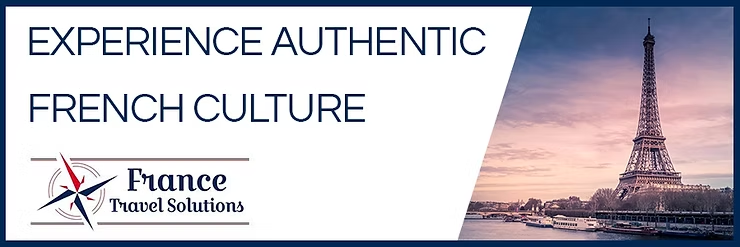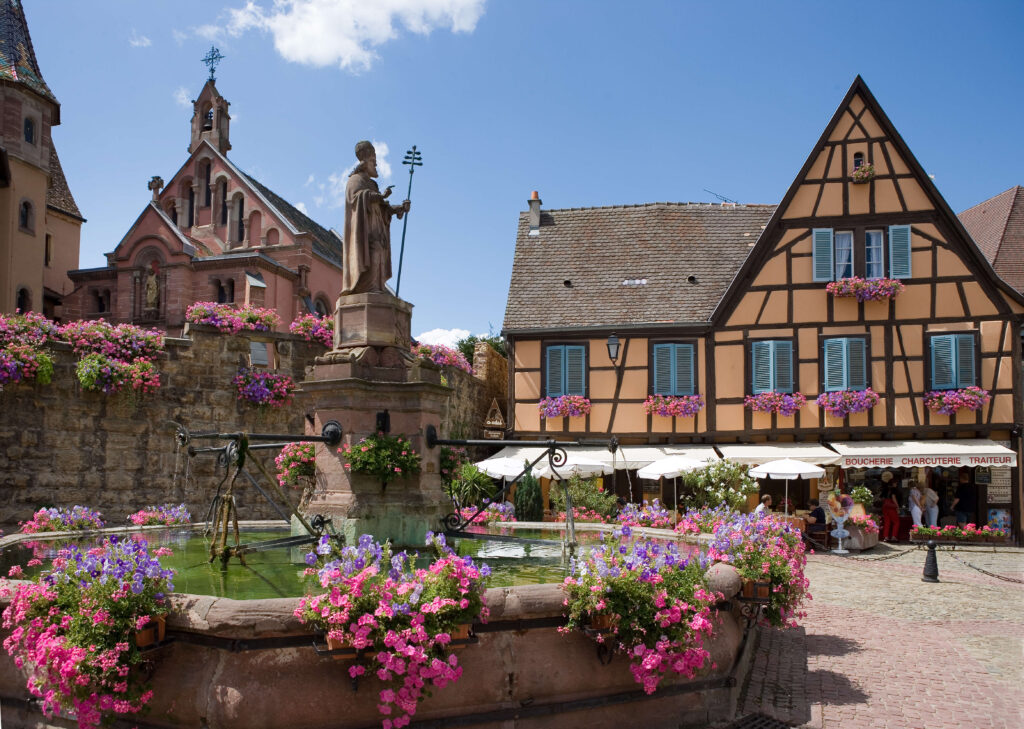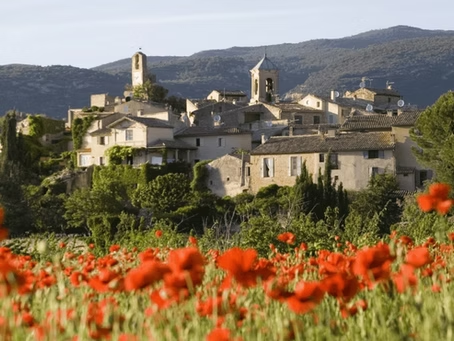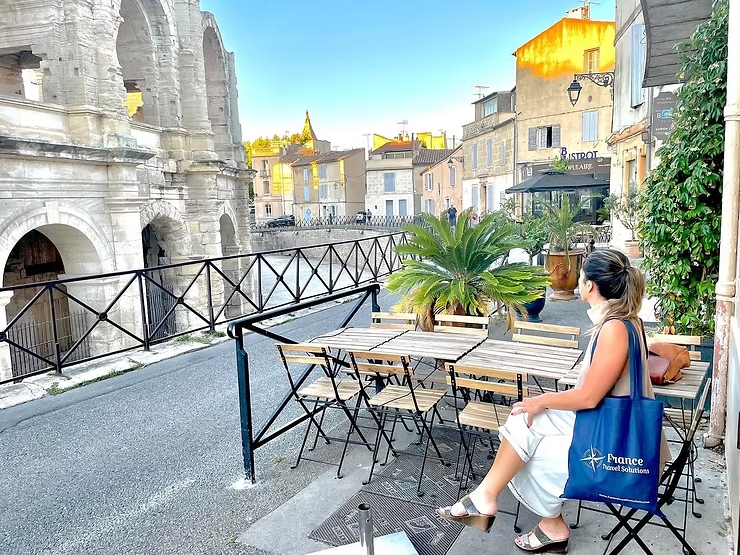A Weekend in Lille
by Meghan Fallis
Situated on the river Deûle, only 16km from France’s border with Belgium, Lille is a French hotspot for culture, history and education. As the fourth most populated city in France after Paris, Lyon and Marseille, it is no surprise that Lille is the capital of the Hauts-de-France region and attracts between two and three million tourists annually.

Lille is popular student destination, boasting nine prestigious universities in the small city. Its bustling student nightlife, youthful atmosphere and affordable student living attract both domestic and international students from all around the world. There are over 110,000 university students in Lille, making up about 45% of the city’s population!
The city square, Place du Général de Gaulle, is bursting at the seams with culture and cuisine, featuring an array of cafes, restaurants and trinket shops. The chatter of uni students catching up on their summer break and the distant clink of glasses can be heard as you stroll through the centre square, located in the stunning Vieux Lille area. The early morning sun casts dramatic shadows of the elaborate buildings in the square, such as the La Voix du Nord headquarters, the leading daily newspaper of northern France.

If you have the time, I highly suggest taking an early morning stroll down to the square and sitting in a cafe as you watch the slow balk of curious early risers gradually turn to the hustle and bustle of the work day. Cafe L’Abbaye does a magnificent chocolat liégeois which is the perfect drink to accompany a croissant as the sun rises over the walls of the buildings and shines down on the square, seemingly waking up the small city.

Like many French cities, Lille is incredibly pedestrian-friendly. Walkable towns are great as I believe it’s the best way to explore a new place. Some of my most memorable travel finds have been from strolling the back streets of a town, and Lille is no exception. I spent 8 hours roaming the cobblestone streets and alleys on a lovely sunny Saturday in early November with my Panasonic camera looped around my neck, capturing all the beautiful nuances of the city.
A walk through Vieux-Lille led me to the river Deûle, where I stumbled across the Pont Napoléon (Napoleon Bridge). The curious appearance of this bridge led me to research its origins and I discovered that it is the only covered pedestrian walking bridge in France! It was built in 1812 and has had several reconstructions since its erection over 200 years ago. To learn more about this fascinating story, you can click here.

Le Pont Napoleon connects the northern and southern sides of the river, creating a convenient crossing point for pedestrians. The riverside walk stretches for kilometers along the river’s edge, running all the way into the center ville.
In early November, the leaves were a stunning, deep auburn colour as the season changed from autumn to winter. I felt the bite of the crisp morning breeze as I strolled the riverbank, and felt a content warmth as the sun peered through the trees, reducing the chill even if just by a little. The huge orange leaves crunched loudly under my feet and the river gently flowed and trickled alongside me. It felt magical.

My time in Lille was short, and so I had little time to indulge in the many attractions that the city has to offer, such as the Lille Citadelle. Lille saw the birth of a citadel between 1667 and 1670, ignited by the marriage of King Louis XIV of France and his cousin Maria Theresa of Spain. A promised dowry that never arrived drove Louis XIV to claim payment through a siege on Lille, a city under Spanish rule. Louis XIV tasked Marquis de Vauban, a renowned architect at the time, with transforming the town into a powerful citadel. The structural success and resulting pressure that was placed on the city of Lille saw the siege last only nine days before the surrender. The beautiful Vauban gardens are a lovely attraction situated next to the Citadelle that are well worth a visit according to locals. To learn more about the story of the Lille Citadelle, read here.
Though small in size, Lille has plenty to offer such as the Braderie de Lille, the annual street market that takes place on the first weekend of September. It dates back to the 12th century and welcomes nearly three million visitors each year. The Braderie de Lille is one of the largest gatherings in France and the largest flea market in Europe. It hosts musicians, a fun fair and even a half-marathon running event. It is even estimated that the cumulative length of market aisles stretches for 100km!

Lille is the birth town of former French president Charles de Gaulle, an extremely notable figure in French history books and society. His maison natale (birth place) attracts many visitors to the city, offering guided tours and temporary exhibitions. You can read more about Charles de Gaulle’s upbringing and young life, along with information about the tour here.
Lille is no doubt home to some of the richest cultural and historical experiences that France has to offer. Its quiet, humble atmosphere paired with the seasonal buzz of excitement from tourists and students make it an enjoyable, relaxing place to visit. To learn more about Lille or tours of the region, contact France Travel Solutions by visiting our webpage or sending us an expression of interest.



